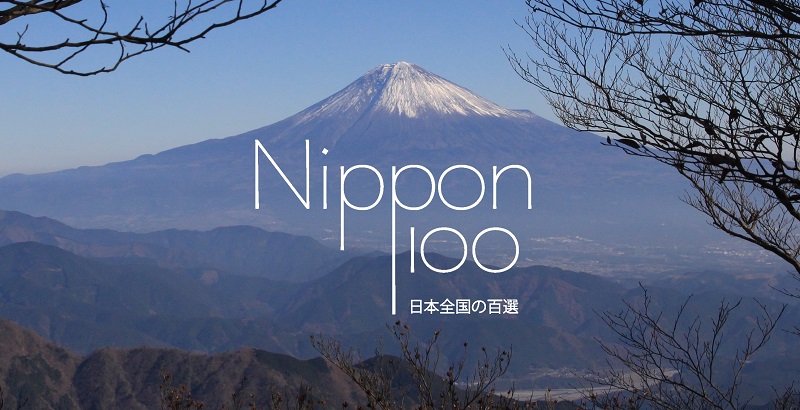Across a wide flowerbed of mini-sakura, two gardeners are in the middle of their work, knees on the ground. At that time of the year – the blossom of the shibazakura – any other plants are clearly not welcomed in the huge garden. The moss phlox is definitely the star of Takinoue Park, same name city in northern Hokkaido.
Going through the alleys of the park is a true pink blast, giving one the feeling to explore Barbie world. In Japan, the full blossom runs from early may to late june in Hokkaido, and begins some times earlier in the other islands. And, like any other blossom, a festival exists to celebrate it.

Between the flowerbeds, offering to the human eye every possible nuance of pink from light white to fuchsia, some tulips are however allowed to grow alongside the little flowering plant.
Truth is at the opening of the park, in 1956, not a single shibazakura was to be seen. Instead, the local authorities had decided to grow Japanese cherry in the Takinoue Park – a very classical choice. But during the next year, the young trees were unluckily blown by a typhoon, as very few of them do reach the Northern island of Japan. One gardener, Heiji Kataoka, therefore decided to grow the moss phlox.
A million sq ft of Shibazakura !
Frequently called the “other sakura” – its flower being very similar in shape and colour to that of the classic sakura – the specie is a evergreen perennial plant, growing to 15 cm high whose flowers bloom in late spring to early summer. In Takinoue, Heiji Kataoka began with a few plants that he brought in a small cardboard box. The settlement of shibazakura is now reaching a million square feet on one size of the hill. The sight over national park Daisetsuzan is worth the visit.
 |
|
Shibazakura and flower schedule
To understand the Takinoue Park dedication to shibazakura, one need to be aware of the national passion to flowers and blossom. The last ones being the beautiful markers of seasons and running time. The most famous blossom being, far beyond Japan’s own borders, the Japanese cherry blossom. But way more flowers are punctuating the year, and even more matsuri are welcoming the first opening of plums blossom, hydrangea, the red spider lily, the sunflower, tulips, wisterias or lavender.
 |
 |
Takinoue is the biggest shibazakura park but not the only one in Hokkaido. The moss phlox might also be seen in Ozora, in the alleys of the Higashimokoto Shibazakura Park, or in the less-known Engaru Sun Hills Park, in Engaru. The most famous place to discover the pink flowerbeds (and a more convenient one from Tokyo) is the Fuji Shibazakura Matsuri, not far from the national mountain Fujisan.
How to get there?
The closest train station from Takinoue is Engaru, on JR Sekihoku main line (running from Minami-Nagayam to Abashiri). From Engaru, you will still need to take the mountain road 137 (2 hours driving for 40 miles!). From Sapporo, the drive would take a little more than 3 hours (for 150 miles).
Discover more:
Few informations are available online on Takinoue Park, except here and on the official website.
In French, the blog of Cléa Parapluie beautifully pictures the blossom’s season in Japan.







